David Hockney and Martin Gayford on the history of pictures
In an excerpt from their new book, the pair discuss everything from Michelangelo to Walt Disney and the abiding importance of art

"Pictures are all around us: on laptops, phones, in magazines, newspapers, books... and even – still – hanging on walls," write David Hockney and Martin Gayford in the introduction to their new book, A History of Pictures – From the Cave to the Computer Screen. "It is through pictures just as much as words that we think, dream and try to comprehend the people and environment around us."
The problem facing all picture-makers is, however, the same: how to compress three-dimensional people, things and places onto a flat surface? In the new book, Hockney, who has produced work in almost every medium, and Gayford, an art critic and author of acclaimed books on Van Gogh, Constable and Michelangelo, juxtapose a rich variety of images ranging from a Disney cartoon to a painting by Velasquez in their exploration of how and why pictures have been made across the millennia.
Presented as an informed yet informal conversation, the book sees its co-authors investigate, among many other subjects, what makes a flat surface interesting, how movement can be shown in a flat picture and how painting, drawing, film and photography are deeply interconnected. Here are some extracts.
The Week
Escape your echo chamber. Get the facts behind the news, plus analysis from multiple perspectives.

Sign up for The Week's Free Newsletters
From our morning news briefing to a weekly Good News Newsletter, get the best of The Week delivered directly to your inbox.
From our morning news briefing to a weekly Good News Newsletter, get the best of The Week delivered directly to your inbox.
Any picture is an account of looking at something
David Hockney: "Walt Disney was a great American artist. He might be a bit sentimental but what he did was quite an achievement. Who were the most famous stars of the 1930s and 1940s? Mickey Mouse and Donald Duck. If you ask people about Hollywood films in the 1930s they start mentioning Humphrey Bogart, Clark Gable or Greta Garbo, but Mickey Mouse and Donald Duck are still there today.
"Disney was a bit like Warhol in that he had a factory and didn't do all the work himself. The art world wouldn't like that comparison because they hate his schmaltziness, but that doesn't detract from his achievements with depiction."
Martin Gayford: "Once you begin to look at the history of pictures as a continuum, you notice connections between images that come from very different times and places."
A free daily email with the biggest news stories of the day – and the best features from TheWeek.com
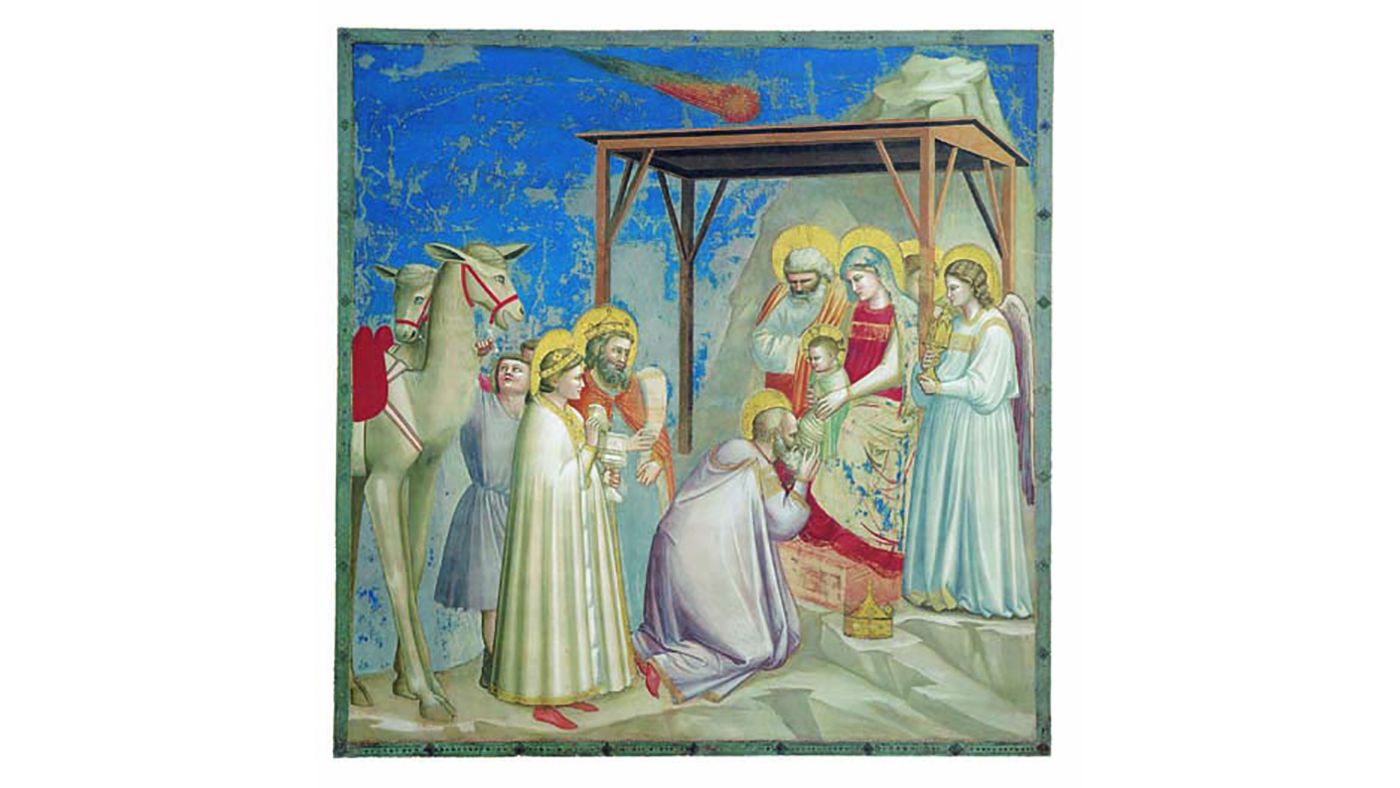
DH: "Look at the camels in Adoration of the Magi by Giotto [above], from the Scrovegni Chapel, Padua, painted in the early 14th century. There's Walt Disney."
What makes a mark interesting?
MG: "In his contemporary biography of Michelangelo, based on the artist's own recollections, Condivi tells the story of how in 1496 a powerful Cardinal dispatched his agent from Rome to Florence to find the artist who had carved a certain sculpture he had bought. This man, a Roman aristocrat named Jacopo Gallo, came to the artist's house. Michelangelo had no work there to show Gallo as proof of his abilities, so he 'took a quill pen and depicted a hand for him with such grace and lightness that he stood there stupefied'."
DH: "Condivi's story about Jacopo Gallo and the drawing of the hand is totally believable. You would be astonished to see a Michelangelo drawing appear in front of your eyes, especially if you did not know much about him. Michelangelo's drawings are amazing. I've held extraordinary ones at the Teylers Museum in Haarlem...
"I've always noticed shadows simply because there weren't many in Bradford... the shadow is just the absence of light. But do we necessarily always see shadows? You don't have to see them consciously. The fact that people can take a photograph with their own shadow in it without noticing suggests that they are not aware of them. You can ignore shadows when you are drawing, as the ancient Greeks did, for example. I can, if I draw with just a line; you can choose not to put them in."
MG: "Great photographers are not just aware of shadows; they use them to maximum expressive effect. In the genre known as film noir, strong lighting and its deep shadows created the dramatic atmosphere."
DH: "It's a kind of joke, but I really mean it when I say Caravaggio invented Hollywood lighting. It's an invention, in that he quickly worked out how to light things dramatically. I've always used shadows a bit, because that's what you need below a figure to ground it, but mine are more like Giotto's than Caravaggio's. I use shadows that you see in ordinary lighting conditions; you don't find ones like Caravaggio's in nature.
"It is interesting that shadows are almost exclusively European. Few have pointed it out. Most art historians, who are Europe-centred, don't realise that there are virtually no shadows in Chinese art, not Persian or Japanese. They are one of the things that make the major difference between Western art and the art of anywhere else. They are incredibly important."
A selection of prints by David Hockney are offered in Christie’s auctions on 27 October and 1-2 November; christies.com
A History of Pictures — From the Cave to the Computer Screen by David Hockney and Martin Gayford is published by Thames & Hudson, £29.95. Available from The Week Bookshop for £26.00.
-
 The Week’s big New Year’s Day quiz 2026
The Week’s big New Year’s Day quiz 2026Quiz of the Year How much do you remember about 2025’s headlines? Put yourself to the test with our bumper quiz of the year
-
 Is tanking ruining sports?
Is tanking ruining sports?Today's Big Question The NBA and the NFL want teams to compete to win. What happens if they decide not to?
-
 ‘Netflix needs to not just swallow HBO but also emulate it’
‘Netflix needs to not just swallow HBO but also emulate it’instant opinion Opinion, comment and editorials of the day
-
 David Hockney at Annely Juda: an ‘eye-popping’ exhibition
David Hockney at Annely Juda: an ‘eye-popping’ exhibitionThe Week Recommends ‘Some Very, Very, Very New Paintings Not Yet Shown in Paris’ testifies to the artist’s ‘extraordinary vitality’ and ‘childlike curiosity’
-
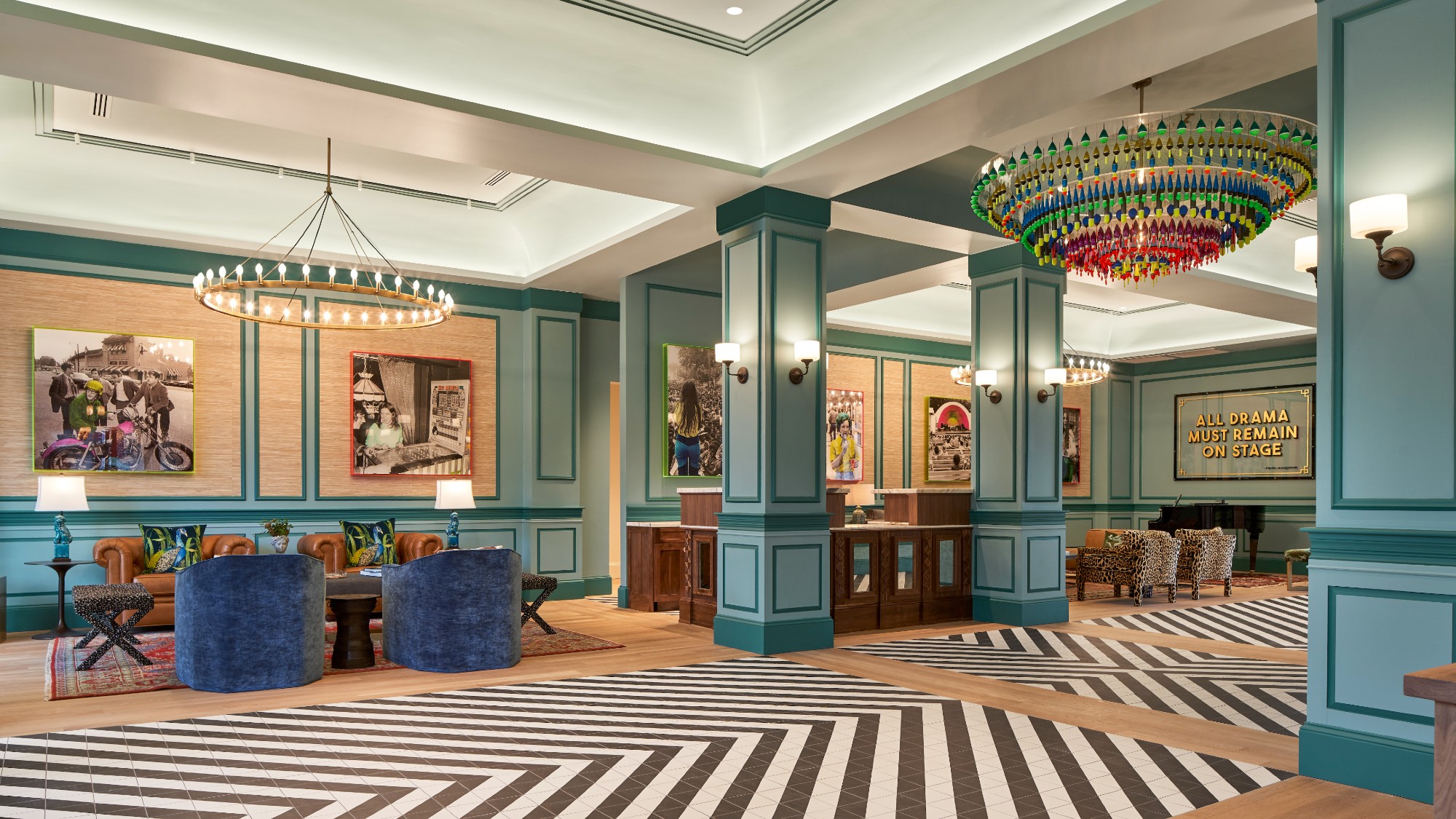 Sleep like you are in a gallery at these art-filled hotels
Sleep like you are in a gallery at these art-filled hotelsThe Week Recommends Prepare to be inspired
-
 Art and protest in Iran
Art and protest in IranUnder the Radar Regime cracks down on creatives who helped turn nationwide Woman, Life, Freedom protests 'into a cultural uprising'
-
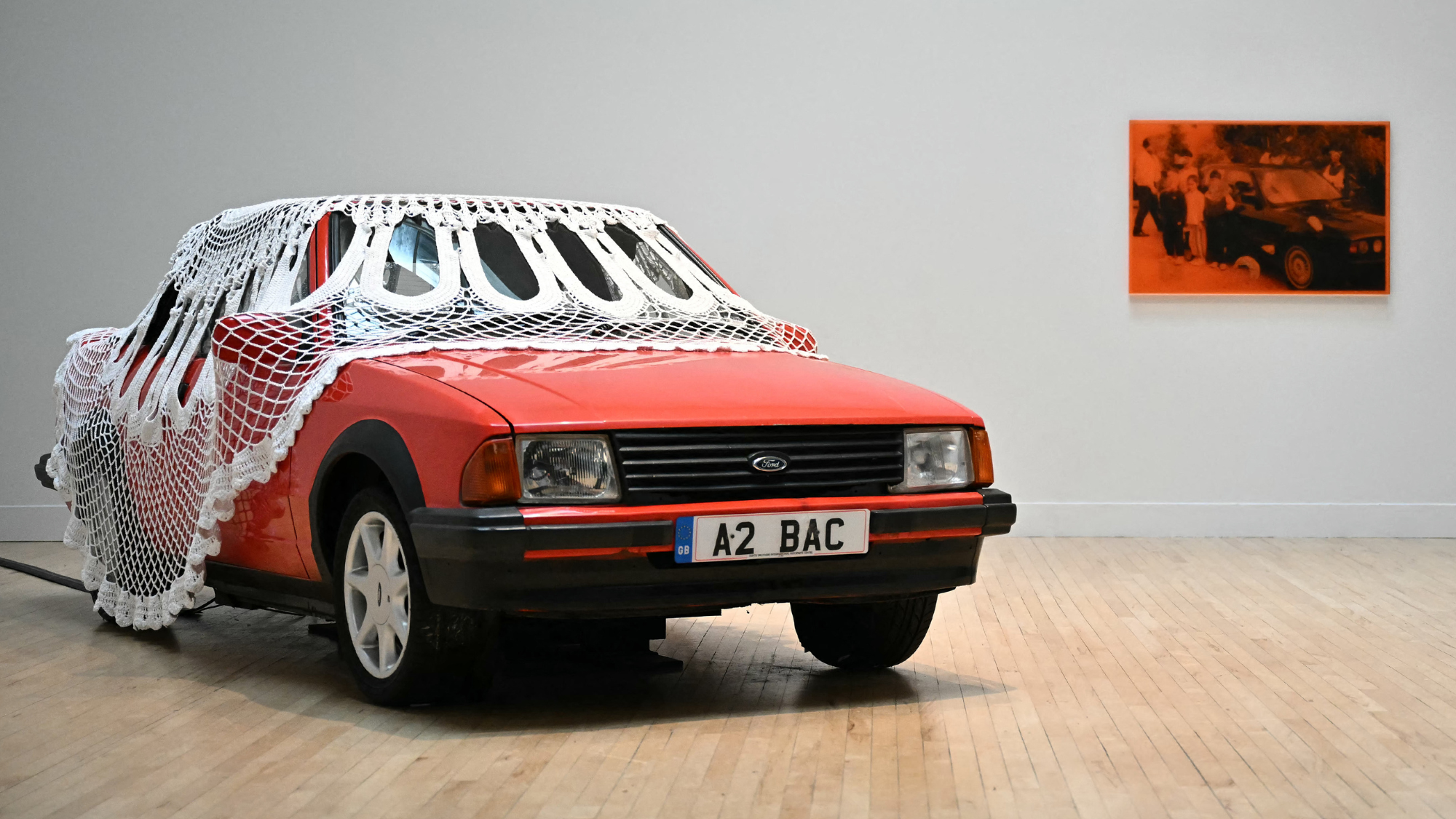 Turner Prize 2024: has the art world's infamous award lost its power?
Turner Prize 2024: has the art world's infamous award lost its power?Talking Point As the award returns for its 40th anniversary, critics call for a revamp of 'sorry embarrassment of a prize'
-
 Banksy's animal art: method to the mystery?
Banksy's animal art: method to the mystery?In the Spotlight Elusive artist's daily series in London sparks joy – and widespread speculation about its meaning
-
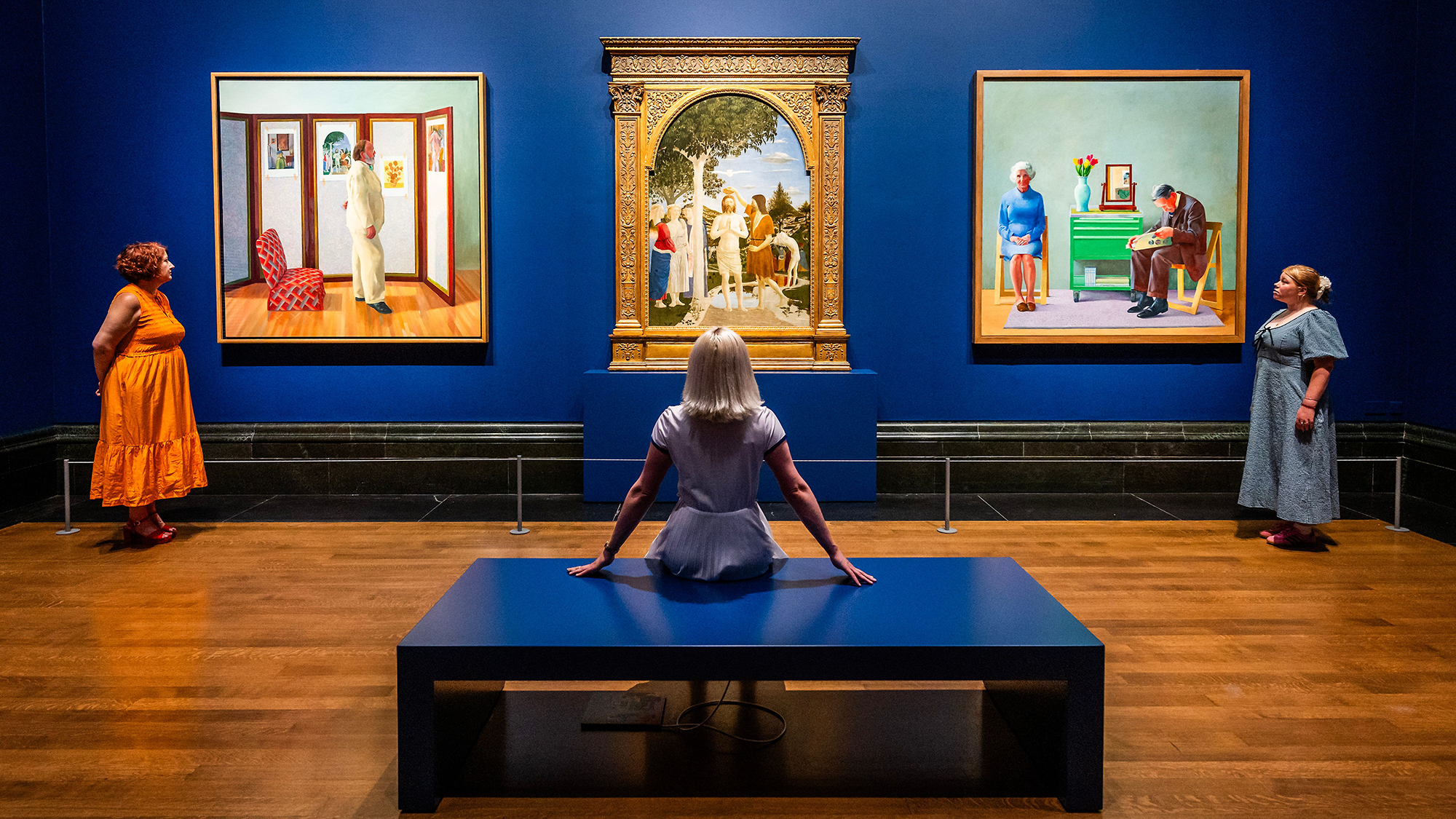 Hockney and Piero: A Longer Look – an 'absorbing' exhibition
Hockney and Piero: A Longer Look – an 'absorbing' exhibitionThe Week Recommends The National Gallery's intimate show features 'whimsical triptych' by the two artists
-
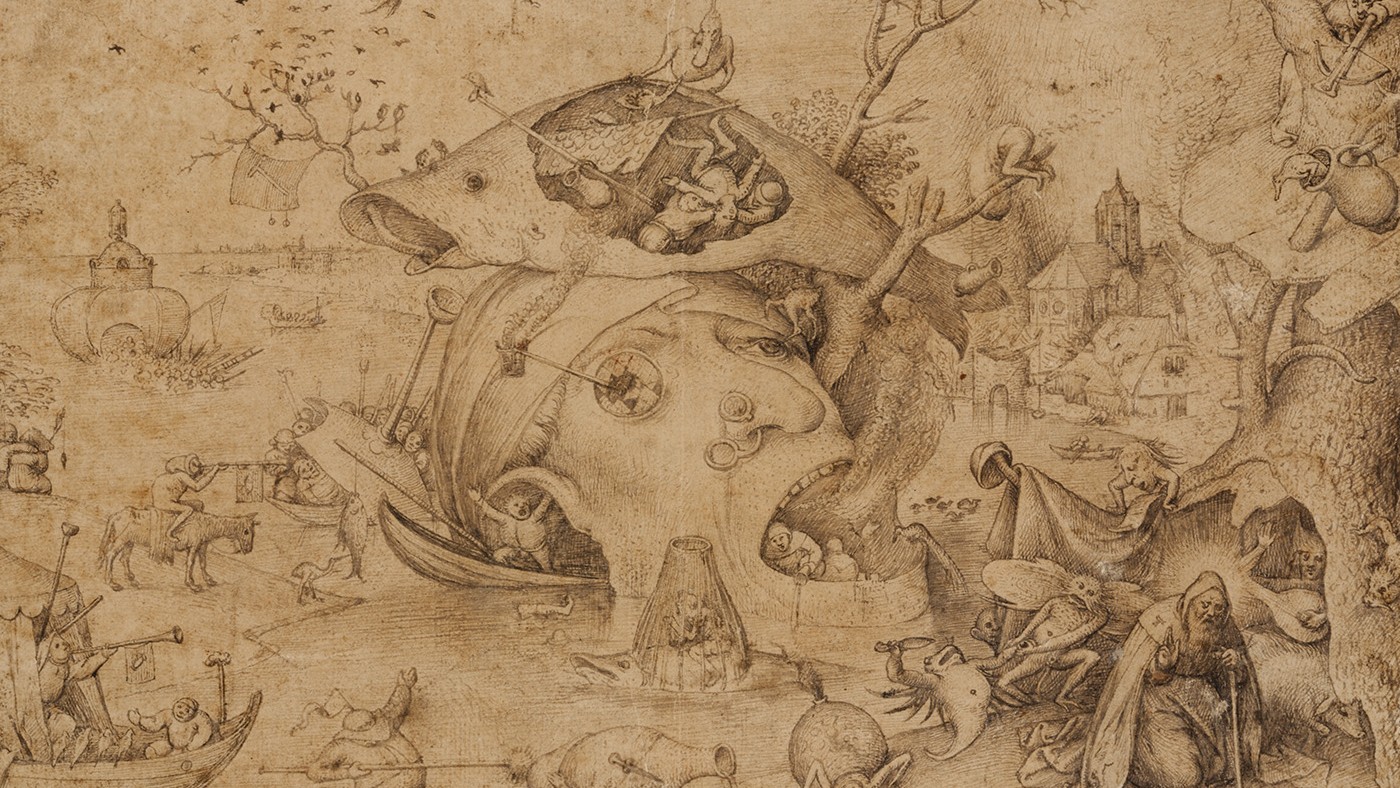 Five exhibitions to visit this spring
Five exhibitions to visit this springThe Week Recommends From 'subversive' textiles to exquisite Flemish drawings, there's something for every art lover
-
 The art world and motherhood: the end of a final taboo?
The art world and motherhood: the end of a final taboo?Talking Point Hettie Judah's new touring exhibition offers a 'riveting riposte' to old cliches